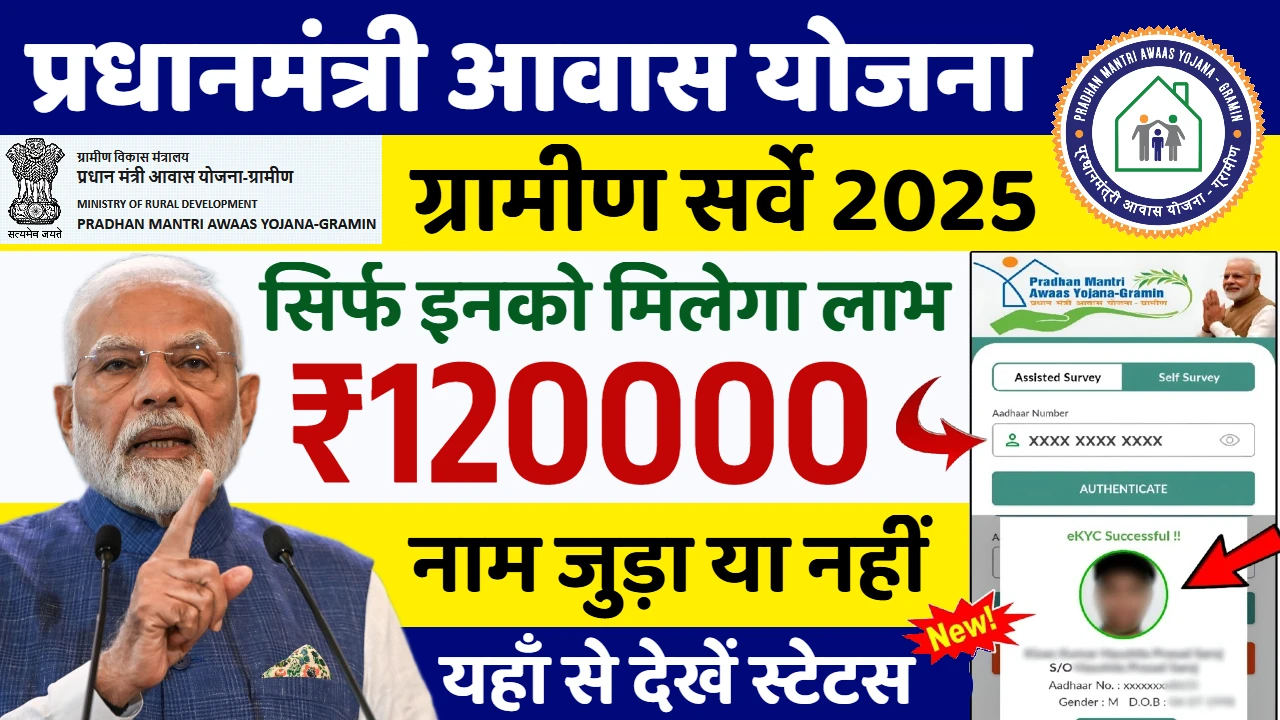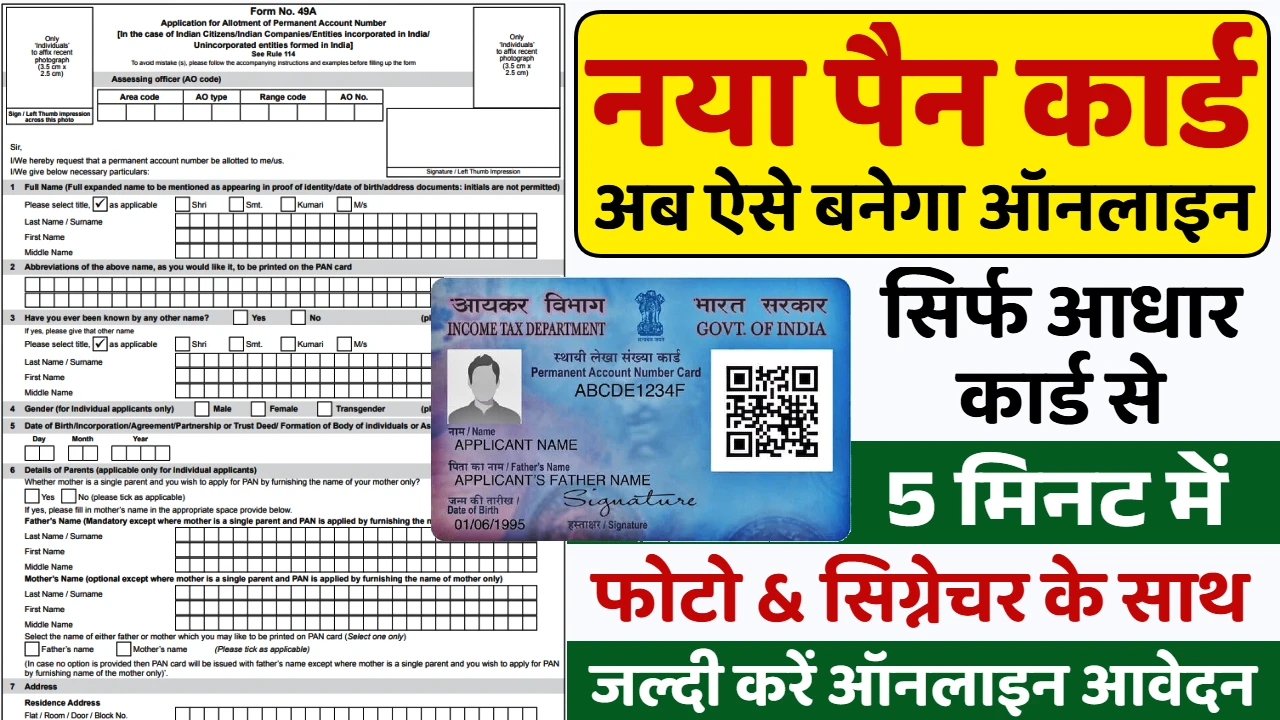Homeownership is a significant milestone, and protecting your most valuable asset with adequate home insurance is non-negotiable. However, rising premiums can often feel like an unwelcome burden. As we navigate 2025, with evolving climate patterns, increased construction costs, and dynamic market conditions, understanding how to strategically reduce your home insurance premiums is more crucial than ever. This comprehensive guide will equip you with actionable insights to safeguard your finances without compromising on protection.
Understanding the Factors Driving Premium Hikes
Before diving into savings strategies, it’s essential to understand why home insurance costs might be on the rise. Several factors are at play, including:
- Increased Frequency and Severity of Natural Disasters: From floods to cyclones and extreme weather events, the rising number of natural calamities directly impacts insurer payouts, leading to higher premiums, especially in vulnerable regions. ⛈️
- Rising Construction and Repair Costs: The cost of building materials and skilled labor has seen a significant increase. This means that rebuilding or repairing your home after damage is more expensive for insurers, a cost that is naturally passed on to policyholders. 🏗️
- Inflation: General economic inflation affects everything, including the cost of claims and administrative overhead for insurance companies.
- Claim Frequency: A history of frequent claims, even small ones, can signal a higher risk to insurers, resulting in elevated premiums.
Smart Strategies to Slash Your Premiums
Don’t despair! While some factors are beyond your control, many effective strategies can help you lower your home insurance premiums in 2025.
1. Boost Your Home’s Security and Safety Features 🔒
Insurers reward homeowners who take proactive steps to mitigate risks. Investing in home safety improvements not only protects your property but also makes you a more attractive client.
- Install Advanced Security Systems: A centrally monitored alarm system connected to a professional monitoring service can significantly reduce your premiums. Look for discounts offered for burglar alarms, motion detectors, and surveillance cameras.
- Enhance Fire Safety: Installing smoke detectors, carbon monoxide detectors, and a modern fire extinguisher system can earn you substantial discounts. Some insurers may even offer benefits for sprinkler systems. 🔥
- Reinforce Doors and Windows: Upgrading to strong, secure doors and windows with heavy-duty locks can deter break-ins, leading to lower premiums. Impact-resistant glass or storm shutters in disaster-prone areas can also be beneficial.
2. Reassess Your Deductible Amount 💲
Your deductible is the amount you pay out of pocket before your insurance coverage kicks in. Choosing a higher deductible is one of the most straightforward ways to lower your annual premium.
- Increase Your Deductible: If you can comfortably afford a higher out-of-pocket expense in case of a claim, raising your deductible from, say, ₹10,000 to ₹25,000, can lead to noticeable savings on your premium.
- Balance Risk and Savings: While a higher deductible reduces your premium, ensure you have sufficient emergency funds to cover that amount if disaster strikes. Avoid filing small claims that might be less than your deductible anyway, as frequent small claims can negatively impact your claims history.
3. Bundle Your Insurance Policies 🤝
Many insurance providers offer significant discounts when you bundle multiple policies, such as your home and auto insurance.
- Multi-Policy Discounts: Inquiring about multi-policy discounts when you have both home and car insurance with the same company can lead to substantial savings, often ranging from 5% to 25%.
- Streamlined Management: Bundling also simplifies your insurance management, as you deal with a single provider, one bill, and often a more streamlined claims process.
4. Maintain a Stellar Credit Score 📈
While not directly tied to home maintenance, your credit score can play a role in determining your insurance premiums in many regions.
- Credit-Based Insurance Scores: Insurers often use credit-based insurance scores, which are derived from your credit history, to assess your likelihood of filing claims. A good credit history indicates financial stability and responsible management, which insurers often associate with a lower risk.
- Financial Discipline: Paying bills on time, keeping credit card balances low, and generally maintaining a healthy credit profile can positively impact your insurance rates.
5. Shop Around and Compare Quotes 📊
The insurance market is competitive. Don’t settle for the first quote you receive.
- Get Multiple Quotes: Obtain quotes from several different insurance providers annually or whenever your policy is up for renewal.
- Utilize Independent Agents: An independent insurance agent can shop around on your behalf, comparing policies and discounts from various insurers to find the best fit for your needs and budget.
- Review Coverage Regularly: Your home’s value and your personal belongings change over time. Periodically review your coverage limits to ensure you’re not over-insuring or under-insuring.
6. Smart Home Technology Integration 💡
The rise of smart home technology isn’t just about convenience; it’s also a tool for risk mitigation.
- Leak Detection Systems: Installing water leak detection systems can prevent costly water damage, a common claim. Some systems can even automatically shut off water.
- Smart Thermostats: These can help prevent frozen pipes in colder climates by maintaining optimal temperatures.
- Connected Devices: Insurers are increasingly offering discounts for homes equipped with connected devices that can detect potential hazards like smoke, carbon monoxide, or even unusual activity, notifying you and potentially emergency services immediately.
Key Highlights for Lowering Premiums
| Feature | Benefit | Impact on Premium |
| Security Upgrades | Deters theft, reduces damage risk | Lower |
| Higher Deductible | You cover more initial costs | Lower |
| Policy Bundling | Loyalty discount for multiple policies | Lower |
| Good Credit Score | Signals responsible financial management to insurers | Lower |
Conclusion
Lowering your home insurance premiums in 2025 is an achievable goal, Krishn SH. By being proactive and implementing these strategies, you can significantly reduce your annual costs without compromising the essential protection your home deserves. Remember to regularly review your policy, explore available discounts, and leverage technology to your advantage. A little effort can go a long way in securing both your home and your financial peace of mind.
Frequently Asked Questions (FAQs)
Q1: How often should I review my home insurance policy?
A1: It’s advisable to review your home insurance policy at least once a year, or whenever there’s a significant life event such as a major renovation, a change in your personal belongings’ value, or a change in your financial situation. This ensures your coverage remains appropriate and you’re not missing out on new discounts.
Q2: Can my location significantly impact my home insurance premium?
A2: Yes, your location is a crucial factor. Homes in areas prone to natural disasters (like floods, earthquakes, or severe storms) or high crime rates typically have higher premiums due to the increased risk of claims. Proximity to fire hydrants and fire stations can also influence rates positively.
Q3: Is it always better to choose the lowest premium available?
A3: Not necessarily. While a low premium is attractive, it’s vital to ensure that the policy offers adequate coverage for your specific needs. A very low premium might come with higher deductibles, limited coverage, or numerous exclusions. Always compare the coverage details, deductibles, and customer service reviews before making a decision.













